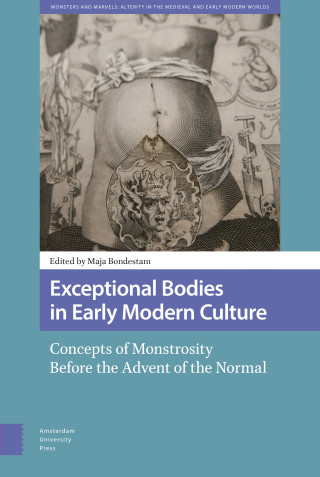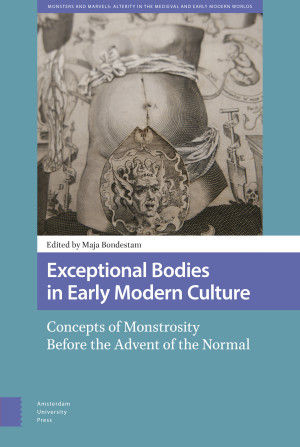Drawing on a rich array of textual and visual primary sources, including medicine, satires, play scripts, dictionaries, natural philosophy, and texts on collecting wonders, this book provides a fresh perspective on monstrosity in early modern European culture. The essays explore how exceptional bodies challenged social, religious, sexual and natural structures and hierarchies in the sixteenth, seventeenth and early eighteenth centuries and contributed to its knowledge, moral and emotional repertoire. Prodigious births, maternal imagination, hermaphrodites, collections of extraordinary things, powerful women, disabilities, controversial exercise, shapeshifting phenomena and hybrids are examined in a period before all varieties and differences became normalized to a homogenous standard. The historicizing of exceptional bodies is central in the volume since it expands our understanding of early modern culture and deepens our knowledge of its specific ways of conceptualizing singularities, rare examples, paradoxes, rules and conventions in nature and society.

